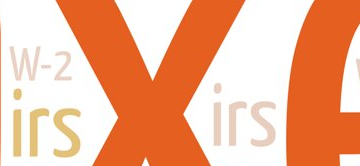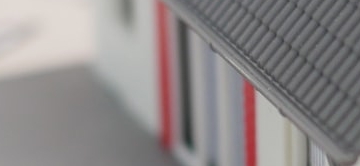The European Union has just decided on a border carbon tax that will force European importers to declare the carbon content of imported products and buy emission certificates corresponding to these contents. This seems to be a good idea, putting producers around the world on an equal footing regarding greenhouse gas emissions. A step forward, no doubt, but it requires several remarks.
The border carbon tax is an adjustment mechanism that aims to subject imported products to the same carbon price imposed on goods produced in the EU. This decision is part of a European legal package set up to achieve carbon neutrality in 2050.
The Old continent is breaking new ground by requiring European importers to pay for imported emissions produced in third countries that have not yet adopted the obligation to purchase pollution rights, as is the case in the EU.
The first thing that needs to be emphasized is that this new tax is a first recognition of the consumer’s responsibility in global warming. Contrary to the previously universal “polluter pays” rule, it is not the polluting producer who is taxed, but the one who imports, and therefore consumers, who must buy the famous certificates.
This should delight the Chinese producers who have been claiming for a long that that, although they are the most polluting country, they are net exporters of CO2. Indeed, they have become the world’s factory, but this is largely for us, rich Western consumers.
European companies doubly penalized
Then, even though its name does not say so, probably to spare the World Trade Organization, this adjustment mechanism is a tax on imports which distributional consequences are well known. To put it simply, such a tax reduces the consumer surplus, who has to pay more for the imported good, and increases the profit of the domestic producers.
These classic results concern the import of final consumption goods. However, regarding the Carbon Border Adjustment Mechanism (CBAM), the products concerned are, for now, intermediate goods like steel, cement, fertilizer, aluminum, and electricity. The actual “consumer” who will pay the tax are European firms that use these inputs and that will see their production costs increase compared to producers outside the EU.
This is not really the fairness sought by the CBAM. This is all the more true because, initially, the emission certificate will only concern direct CO2 emissions. This means that the European producer of a final good using imported steel or cement will have to pay for the emissions included in these inputs, while the non-EU producer of the same final good using these same inputs imported at a lower cost, will then be able to export this good to the EU without tax, as indirect emissions are not taken into account.
It is true that indirect emissions are complex to determine and that their inclusion has been postponed to 2026 or 2027, the date of entry into force of the scheme. European companies are therefore doubly penalized.
Double protection
Another problem to be solved is that of free allowances. Since 2005, the European carbon market, a system for trading CO2 emission allowances, has been an important lever for reducing greenhouse gases. But the distribution of millions of free allowances, for fear of relocation of the most polluting industries, has contributed to the fact that more than half of the emissions have escaped the carbon market.
Introducing a carbon tax at the borders while maintaining free allowances would appear as double protection in the eyes of the WTO. It is therefore planned to phase out free allowances, but there is no agreement at this time on when they will end.
Again, it must be emphasized that the substitution of the MACF for the free quota system is far from neutral. As mentioned, the MACF is a tax, whereas free allowances can be considered a subsidy. By substituting a tax for a subsidy, the EU is taking a path diametrically opposed to that chosen by the United States, which has announced its "Inflation Reduction Act" with a budget of $430 billion, including $390 billion in subsidies to help the country's energy transition.
It must be said that a subsidy is a cost for the EU budget, whereas a tax is a contribution to that budget. The budgetary gain linked to the end of free quotas is estimated at 40 billion euros per year, and it is already foreseen that the 14 billion euros per year expected from the MACF will be allocated to the general budget of the EU. This may explain this.




